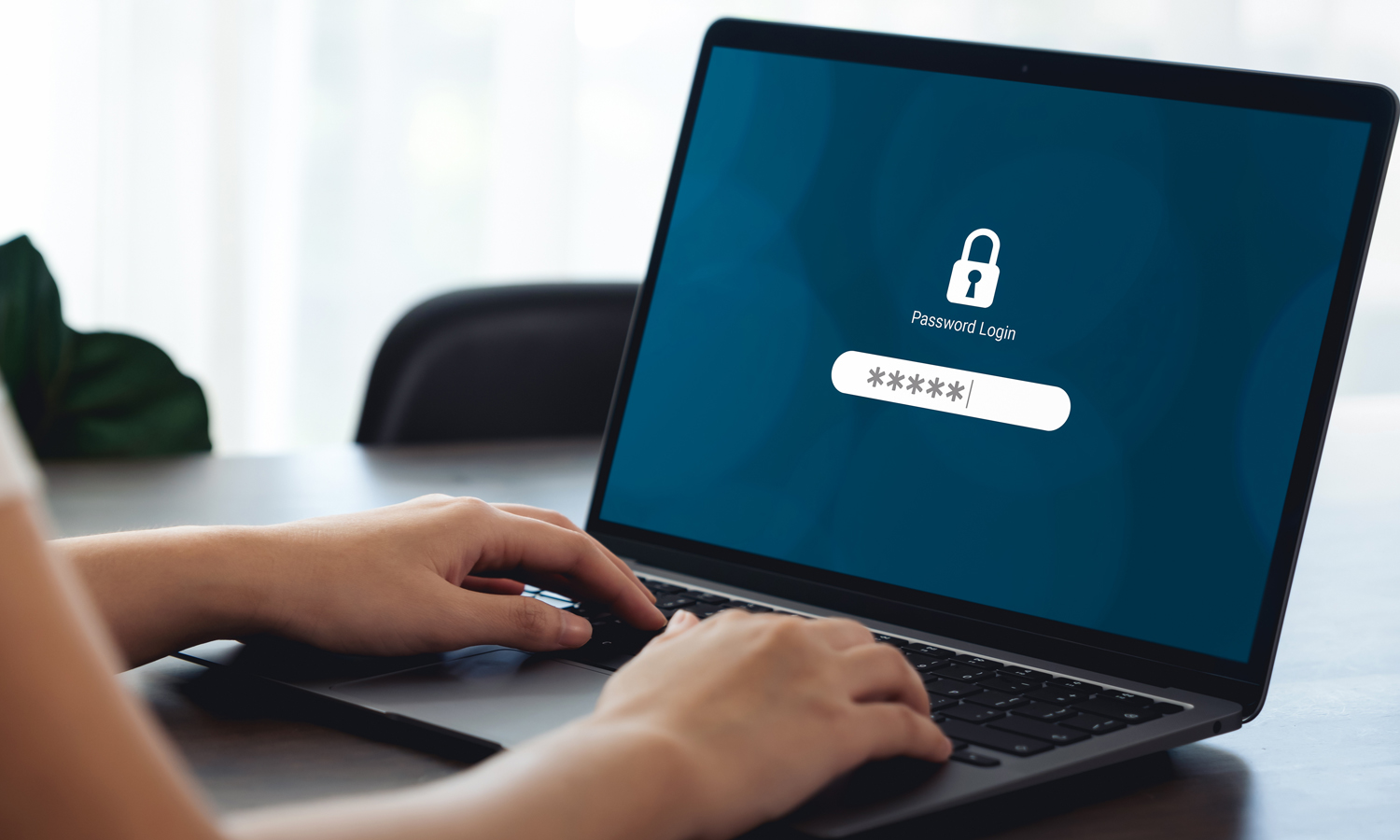Data Leakage Protection: How to Boost Security and Employ Successful Marketing Strategies
Organizations hoping to boost their brands and increase their ROI may be concerned about the security of their data, especially considering all the different ways data can be leaked today. It is possible, however, to employ data leakage protection strategies and effectively market your brand at the same time; you just have to be careful about who has access to the data.
Data leakage isn’t necessarily about outsiders trying to attack your organization; that’s more likely to be referred to as hacking, phishing, the installation of ransomware or a similar type of cybercrime. Data leakage, on the other hand, commonly starts on the inside. Sometimes, it’s due to the negligence of well-meaning employees, but cybercriminals will jump on the opportunity to take advantage of each and every oversight.
As cybersecurity becomes stronger on a technological level, cybercriminals are focusing on oversights at the human level. These holes provide easier access into your organization’s data, and cybercriminals will undoubtedly pinpoint them. It’s likely only a matter of time, as organizations of all sizes and all types become victims of cybercrimes.
But you and your team members can be the first line of defense. Data leakage protection involves both technical security and human intervention to prevent infiltration. If your organization works with external marketing solutions providers, vendors or partners that have access to your data, it’s essential that they place just as much of a priority on cybersecurity and data leakage prevention as you do.

Common Causes of Data Leaks
A first step to further secure your data is to recognize the most common causes of data leaks. They include social engineering, weak password usage, physical theft, inappropriate sharing of sensitive information, software vulnerabilities and insider threats.
- Social Engineering
Social engineering is the act of tricking individuals into divulging confidential information or performing actions that compromise security. Unlike technical hacking, which targets systems and software, social engineering focuses on deceiving people through tactics such as phishing emails or impersonation. The goal is often to gain unauthorized access to systems, steal sensitive data or spread malware.
- Password Usage
The importance of password security has been evident for decades, but being more proactive to protect passwords today is essential. Hackers have become more adept at figuring out passwords due to advances in technology and techniques. They employ sophisticated methods such as automated password-cracking tools, brute force attacks, dictionary attacks and social engineering tactics. The use of artificial intelligence and machine learning also have increased their ability to crack passwords quickly.
- Theft of Data and Property
Literal theft of property, data or intelligence is not discussed as often as cybertheft, but it’s also a security concern. Thieves can pry into computers that are left unsecured in a public place, steal physical documents from a building or spy on a business conversation, both in person or by hacking into a technological system.
- Insider Threats
Disgruntled former or current employees who are privy to internal secrets might be tempted to take that information to the bank. On the other hand, loyal employees who are keen on gossip may be tempted to divulge proprietary information to people who should not have it.
- Software Vulnerabilities
Software vulnerabilities, such as flaws in code, misconfigurations or weak authentication mechanisms, can be exploited by malicious actors to gain unauthorized access to sensitive data. These vulnerabilities create entry points for attacks like SQL injection, buffer overflows or cross-site scripting, allowing attackers to manipulate or exfiltrate data without detection. Once inside, they can steal personal information, financial records or proprietary data, leading to significant breaches that compromise user privacy and corporate security.

Data Leakage Protection Tips
Protecting your data from leakage involves all parties, including internal team members, vendors, business associates and contractors. It’s important to employ all methods of cybersecurity and data leakage prevention – because just one oversight can lead to devastating consequences for your organization.
The following actions can help prevent data leakage:
- Evaluating the risk of third parties
- Installing continuous monitoring systems and securing all network access
- Implementing data loss prevention software
- Evaluating all permissions
- Monitoring the security posture of all vendors
- Stressing the importance of keeping data and other proprietary information private
- Completing regular audits
- Strengthening password usage standards
Choosing Marketing Solutions Providers that Share Your Standards of Security
As you are looking for marketing companies to assist your organization, it’s essential to find a provider who places a high priority on security. Neglecting to take powerful security measures can lead to data leaks or cybercrimes that can temporarily shut down your operations, contribute to significant financial loss, result in legal ramifications and harm your employees, customers, donors, associates or partners. It's also important to choose marketing providers that have a strong understanding of technology systems, helping to alleviate concerns about data leakage due to software vulnerabilities.
At Phoenix Innovate, we place the highest priority on protecting data, and our efforts are proven by our HITRUST certification and long-standing record of zero HIPAA violations. In order to maintain HITRUST certification, we must undergo yearly audits as well, ensuring that our security remains as effective and up-to-date as possible. Additionally, our leadership, marketing and technology teams have designed and implemented innovative technological tools for various marketing solutions, all of which incorporate powerful security standards.
In other words, Phoenix Innovate combines the power of technology and digital and direct marketing with advanced security protocols to keep our clients’ organizations safer – all while producing transformative and sustainable marketing solutions to help them meet their goals.
For more information about Phoenix Innovate’s technologies and tailored marketing solutions for healthcare providers, schools, OEMs and nonprofit organizations, email us through our website or call us today.

